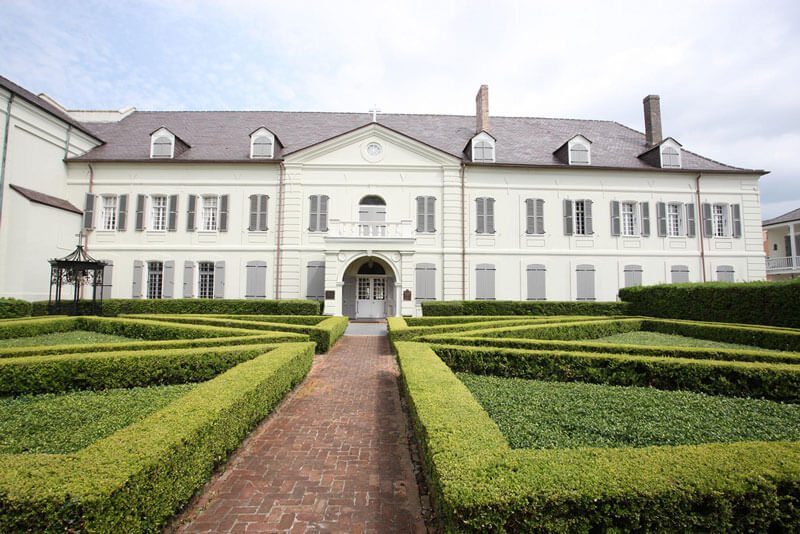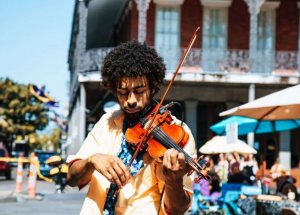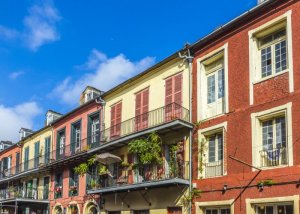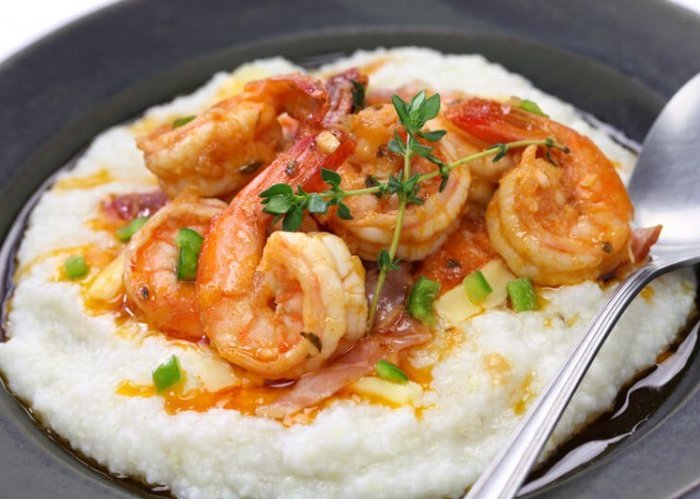Brief History of the French Quarter

We cover a lot of local festivals and other events, as well as attractions and things to see, do, eat, and experience in the French Quarter and nearby. But, with the city’s 300-year-plus history, how did we get here? What transpired in those years, and who were the people who shaped the history of this amazing melting pot of a neighborhood? Let’s go over the complex history of the French Quarter.
Well, they don’t call this neighborhood the “old square” for nothing. The French Quarter was the original city of New Orleans, founded in 1718 by Jean-Baptiste Le Moyne de Bienville. Rampart Street is named as such because it once marked the actual city walls (or ramparts) of New Orleans. The city centered on Place d’Armes, now known as Jackson Square, was originally built as a military parade ground where criminals were hanged in public.
The name “French Quarter” is a bit of a misnomer; New Orleans was under Spanish rule from 1762 to 1802, and it was during this period that two huge fires (in 1788 and 1794) seared away much of the original architectural facade of the Quarter.
Thus, the buildings you see today retain more of a Spanish than French sensibility, as evidenced by wraparound balconies (which create a shady, breezy median space between the street and private residences — a useful architectural trick in hot, pre-AC New Orleans) and lush courtyards painted in bright colors, which form a reflective patina that wards off the sun.
The best example of actual French colonial architecture in the Quarter is the Old Ursuline Convent, which is also the oldest building in the Mississippi River Valley (built in 1752). With that said, the streets of the French Quarter are largely named in honor of French nobility — Burgundy, Chartres, and, yes, Bourbon.
If the French Quarter marks the original layout of New Orleans, then the original inhabitants were the Creoles, people of French, Spanish, and eventually mixed French and Spanish descent. That phenomenon is eloquently realized when one considers the names of two of the main buildings on Jackson Square: the (Spanish-origin) Cabildo and the (French-origin) Presbytère.
It is also worth noting that St. Louis Cathedral, which dominates Jackson Square, is the oldest continuously operating cathedral in the USA, and a fine example of French Colonial architecture in its own right.
Although the Creoles called the French Quarter home for many decades, they began moving out as the area became more depressed and ramshackle, especially in the early 20th century. That was when city officials shut down the vice in the red-light district of Storyville.
In response, the purveyors of sin crossed Rampart Street into the Quarter, and the Creoles moved out, to be gradually replaced by Italian immigrants. Later, also came the bohemians, attracted by the area’s undeniable architectural charms, as well as the members of the LGBTQIA+ community seeking tolerance.
In 1965 the Vieux Carré Historic District was established, allowing for the preservation of the Quarter’s historic character. The 1984 World’s Fair turned the Quarter into a bustling tourism destination, which was around the same time that many residents began leaving the neighborhood.
The Quarter tends to weather hurricanes and storms pretty well. Power lines are built underground, and the neighborhood itself was built on “high ground” (well, a few feet of elevation, but that’s enough) — which keeps it (mostly) immune from flooding. Today, while the Quarter is largely an area for tourists, thousands of residents still call it home.
If you’re planning a stay in New Orleans, be sure to check out our resource for French Quarter Hotels.






